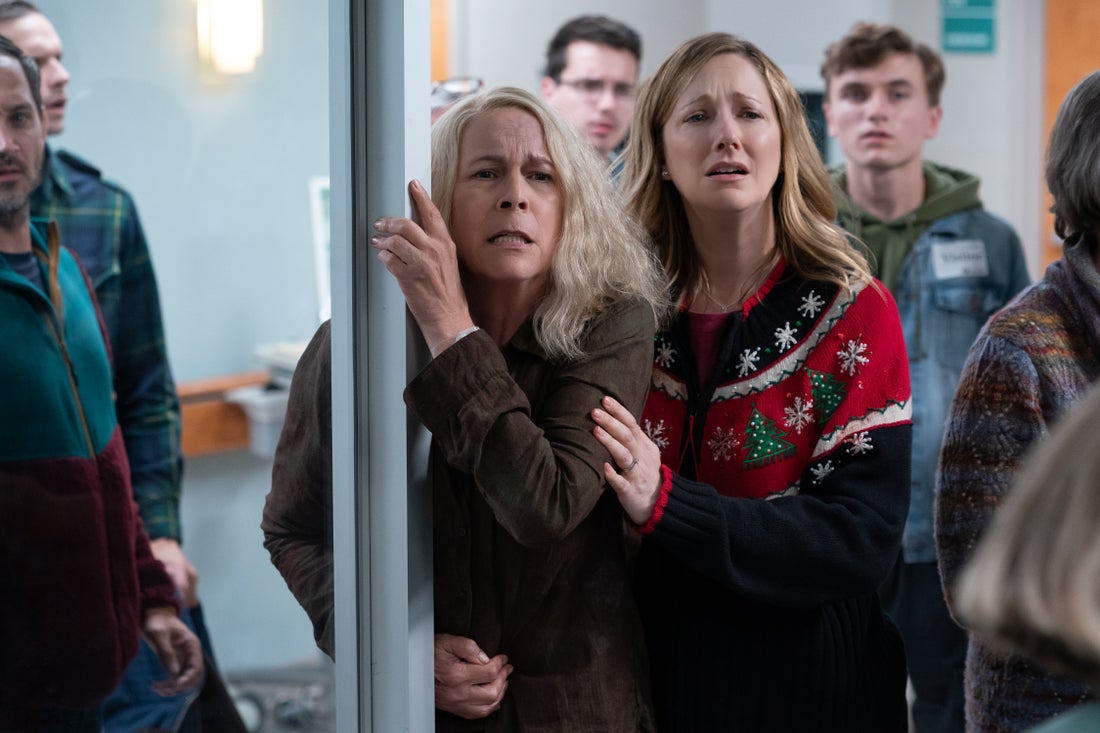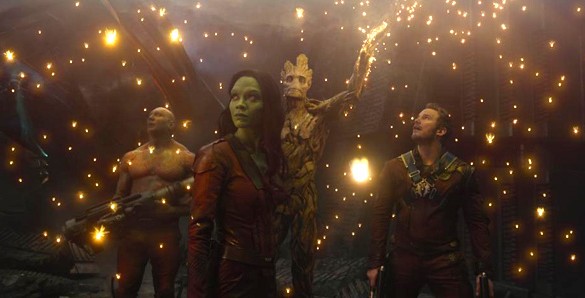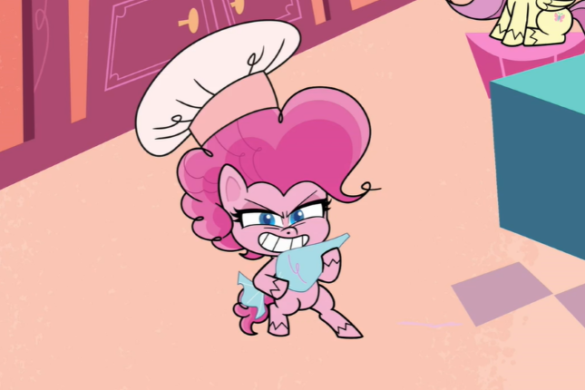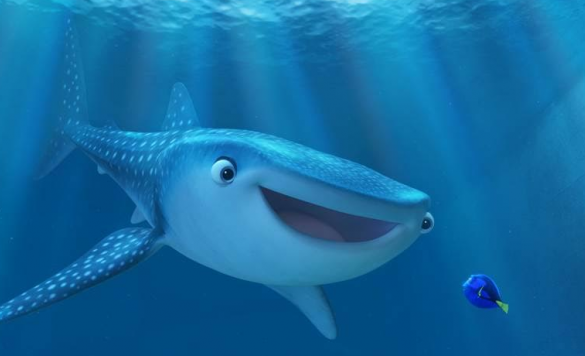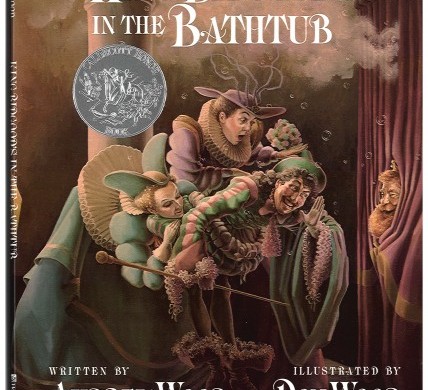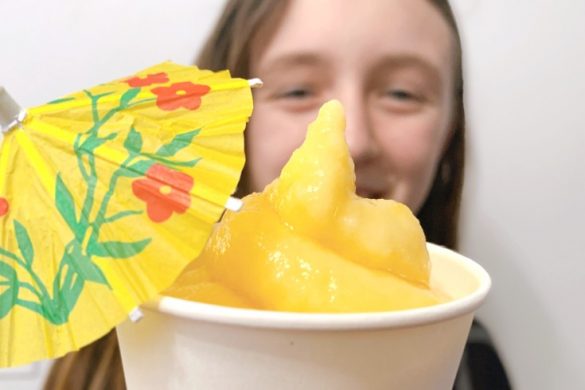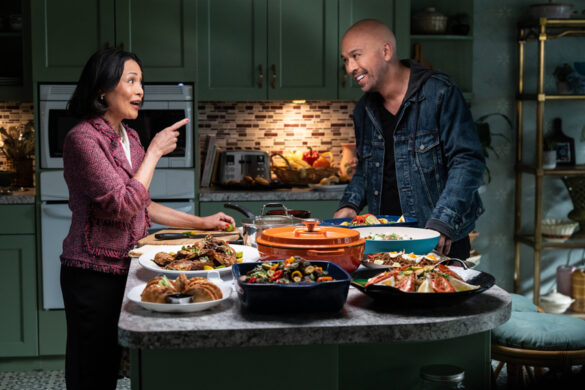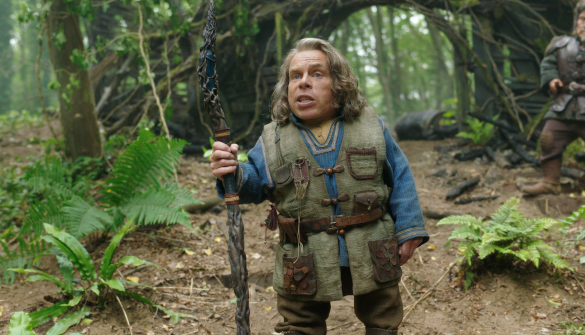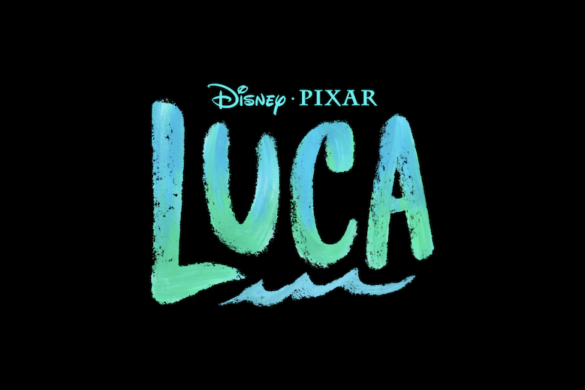No matter how many sequels Halloween goes through or how many reboots it goes through, Michael Myers will always serve as an evil entity taking the shape of a human being. And with each victim he kills, he transcends into something more. So, it only makes sense that “Halloween Kills” has one of the highest and most gruesome kills of the franchise. Although the slasher sequel may have an underlying message that it wants to say about fear turning into madness, it doesn’t know how to deliver it. Still, if you are looking for a visually stunning slasher with a bone-chilling score, then “Halloween Kills” is the right kind of bloody candy-coated goodness you are looking for.
Set moments after the first “Halloween” (2018), which is a direct sequel to the “Halloween” (1978), “Halloween Kills” sees a post-traumatic Laurie Strode recuperating in a hospital bed after believing she killed Michael Myers. But when the boogieman of Haddonfield, IL, emerges from his fiery deathtrap, he continues his killing spree. This leaves the townfolk, including daughter Karen (Judy Greer) and granddaughter Allyson (Andi Matichak), to take up arms and hunt Myers themselves to ensure that “evil dies tonight.”
Director and co-writer David Gordon Green uses the sequel to explore the traumas of the townsfolk and some of the regrettable decisions made that led up to Myers’ current rampage. And the flashbacks, which feature some familiar characters, organically connect the 1978 film to the events of Green’s trilogy. As Laurie begins to heal in a hospital on this terrifying Halloween night, Haddonfield townsfolk gather at a local bar to remember what happened over 40 years ago. However, some are too drunk to remember, while others are too young to care. But the fact remains that Michael Myers is out there, and he is killing people.
Previous “Halloween” installments that center on Strode focuses on her experiences and how the traumas shape her as a character. As an audience, we get to see those emotions from a single point of view, while the Haddonfield community hides in fear or becomes another victim. As much as we’ve seen those stories evolve throughout the years, it only makes sense that “Halloween Kills” give us a different perspective of what Michael Myers means to the masses.
Because the narrative shifts to the people of Haddonfield, we get to see what kind of part they play in the “Halloween” mythology. While they intend to bring peace to their small town, their fears become blind panic because of widespread misinformation. Perhaps a bit of foreshadowing of what was to come on Green’s part because the film was supposed to hit theaters in 2020, just months before the riots on Capitol Hill on January 6, 2021. They are hellbent on killing Michael Myers at any cost, even if it means chasing after anyone who looks suspicious. The reality of that is it reveals that they are just as much of a monster as Michael Myers.
Sure, “Halloween Kills” may have a message to say about the horrifying traumas that affect them and what panic can do on a large scale, but it doesn’t quite know how to deliver it. In the ensuing chaos, the film repeatedly bounces back and forth from Laurie and Deputy Hawkins (Will Patton) bonding and observing their psychological traumas to the mob mentality of chasing The Shape – or any shape for that matter. Also, the sequel needs to give time for Michael Myers to carry out his murderous rampage. So the sequel does move as fluidly as it should.
Curtis makes the most of her role despite having a lot less to work with. She may be a supporting character who’s currently bedridden, but she is determined to finish what she started. So that responsibility falls onto Greer’s Karen, who wants to keep her family safe from the monster that lurks outside. Ironically, she is less of her given name and develops more into someone who can live up to the Strode family name. And Allyson proves to be more like her grandmother as she joins the mob in search of Michael Myers.
And seeing how Green’s trilogy is a sequel to “Halloween” (1978), the film brings back characters from the original to serve as links to help see what has become of Haddonfield in the aftermath. Tommy Doyle (Anthony Michael Hall) and Lonnie Elam (Robert Longstreet) return, having thought they could put the past behind them but realizing that they need to rally the townsfolk to stop the madness. Each follows their own path to killing Michael Myers. Doyle’s approach resembles more of assembling a mob to following any lead without any investigating. In contrast to Tommy, who takes his son and Ally out on the streets searching for key patterns to Michael Myers’ madness.
With so many characters to follow, it leaves “Halloween Kills” feeling very disjointed in its wildly chaotic editing. The sequel lacks a refined focus that allows the characters’ arcs to breathe and develop because it deals with so many plots and subplots. First, there’s Laurie and Hawkins coming to terms with their trauma which feels separated from the current situation. Then Tommy and the townsfolk becoming consumed by the madness that’s driven by fear and panic. Though that aspect of the story helps link the original to what’s going on currently, it often feels more like Easter eggs padding for time. The film’s beating heart is when Ally goes off with Tommy and his son to search for The Shape.
As a slasher sequel, “Halloween Kills” certainly lives up to its name as the kills are more gruesome and violent. The shape is nearly invulnerable to any attack. And his presence is as chilling as ever, especially when he gives chase or is on the hunt. That menacing cold breathing he gives while wearing that mask dials the terrifying experience all the way to an 11. Michael kills his victims without a shred of remorse. There are no second thoughts to what he does as he adds to his kill count. And he will do that whether it takes the traditional knife, mechanical saw, florescent lightbulb, or just blunt forced trauma to make that happen. Though there is more to the madness than the film lets on, it flimsily lets audiences see that Michael is dealing with his own internalized pains.
But at least the sinister score by iconic music composer John Carpenter, and his Cody Carpenter, and guitarist Daniel Davies sets the tone. As does Michael Simmonds cinematography, which does more than recreate the look of the original.
As much as “Halloween Kills” lives up to its name visually, it lacks a certain kind of refinement thematically. Overall, the sequel ends up feeling more like filler with Easter egg padding than anything else. And at times, it appears wildly chaotic as it feels like there are three separate movies taking place in this one sequel. While some of the individual performances work, the fear that has struck Haddonfield to go incredibly mad and panic works within that space, but it doesn’t necessarily transfer over into the theater. If anything, it leaves us more confused with that is going on but still thirsting over the next kill.
7/10.

